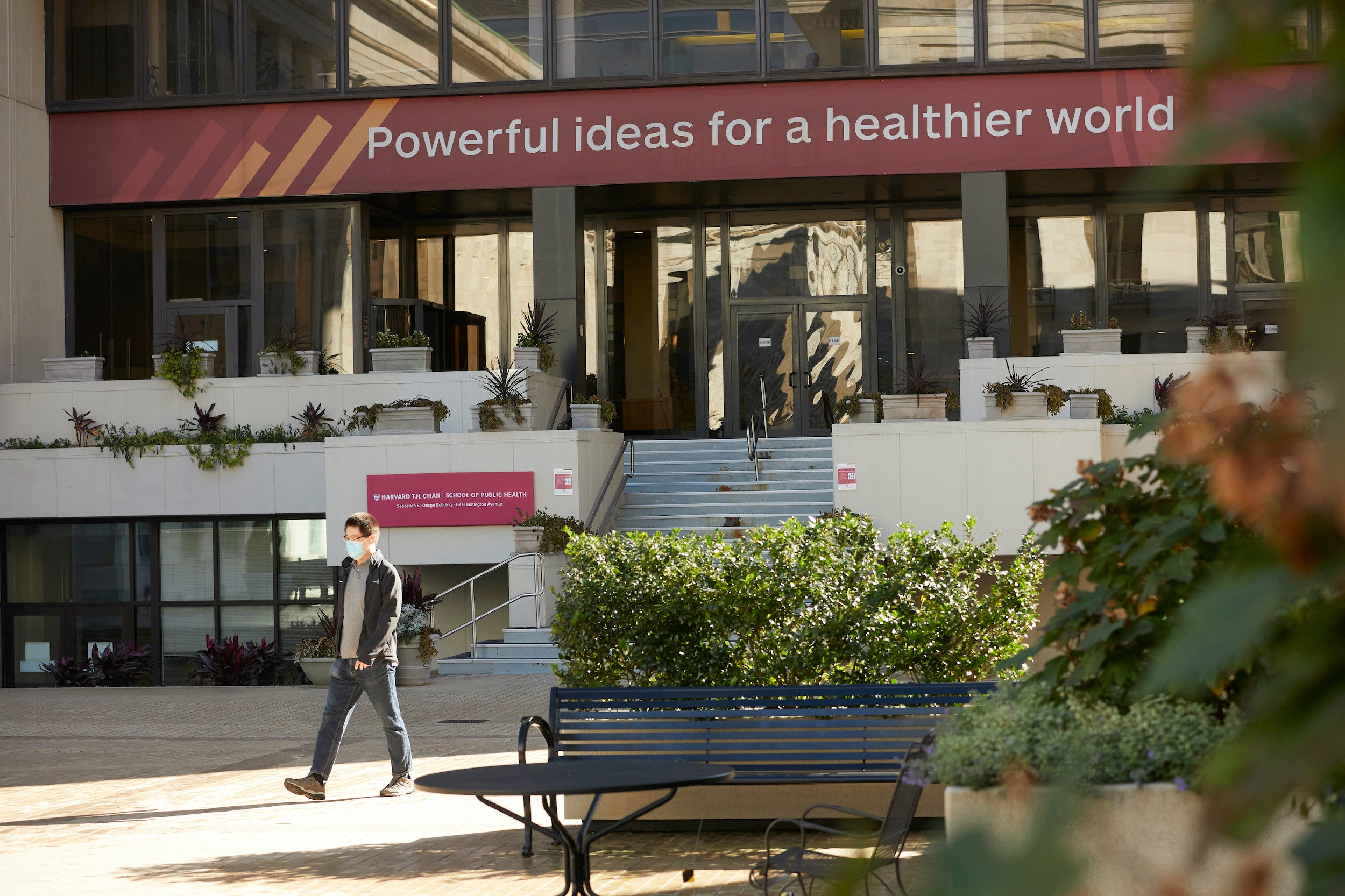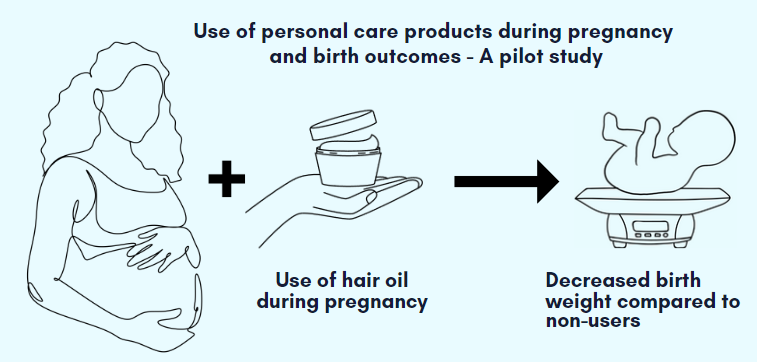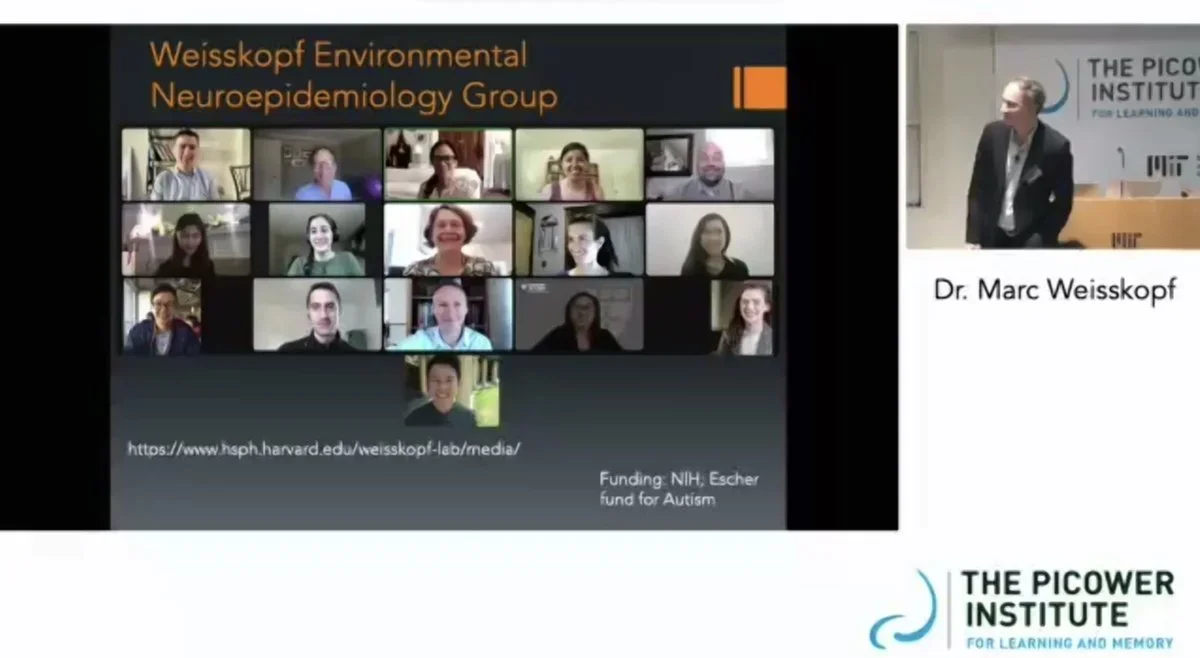Harvard Chan NIEHS Center for Environmental Health
The Harvard Chan National Institute of Environmental Health Sciences (NIEHS) Center for Environmental Health is a coordinated set of resources and facilities supporting environmental health research and training activities throughout the greater Boston area. The center promotes integration between basic and applied environmental science, and fosters collaborations that cross departmental and institutional boundaries.
Building 1-1402
News
-
Now Hiring: Community-Focused Postdoc Fellowship in Environmental Health
Job Board Title: Postdoctoral Fellowship in Environmental Health Location: Boston, MA Expiration Date *Now accepting applications until: Sept 15, 2023 Details: Job Description The Department of Environmental Health, Harvard TH…

-
Members discuss canadian wildfires and health effects of air pollution
Several of our members were quoted in recent articles on the Canadian wildfires. Joseph Allen and Francesca Dominici were quoted in a Harvard Gazette article entitled “In the thick of it.” They…

-
2023 Center Retreat
Related Topics Last Updated Get the latest public health news
-
Healthy sleep may lower risk of Long COVID
Senior research scientist and Center Member Andrea Roberts and Center Director Marc Weisskopf were among the authors of a study published in Jama Network entitled “Multidimensional sleep health prior to SARS-CoV-2 infection and…

-
CEC Director Gary Adamkiewicz receives 2023 Harvard Chan teaching citation award
CEC Director Gary Adamkiewicz was selected as the recipient for the 2023 Teaching Citation Award, given by the Harvard T.H. Chan School to an instructor who has demonstrated excellence in teaching, as characterized by commitment, preparation, quality of presentation, time for questions, and other factors related to instruction. Awards are based on student course evaluations, particularly questions that assess teaching quality and teaching effectiveness.

-
New study: Use of some personal care products during pregnancy, including hair oil, were related to birth outcomes
A new study from the Environmental Reproductive Justice Lab, led by Dr. Tamarra James-Todd, found that lower birth weight-for-gestational age (BW-for-GA) was reported among hair product users, with the strongest association observed for daily hair oil use. Use of liquid soaps, shampoos, conditioners were associated with longer infant length. Published in Environmental Research, Volume 225, May 2023.

-
Meet Our Members: Katherine von Stackelberg, ScD
This month, we chat with Dr. Katherine von Stackelberg, ScD, senior research scientist and director of research translation in the Department of Environmental Health at the Harvard T.H. Chan School….
-
Marc Weisskopf speaks at MIT Picower Institute’s Spring Symposium
Marc Weisskopf, director of the Harvard Chan-NIEHS Center for Environmental Health and co-director of the JPB Environmental Health Fellowship Program, spoke on May 11 at the MIT Picower Institute’s Spring…

-
Deputy Director Tamarra James-Todd featured in NIEHS Environmental Factor
An article titled “Reducing phtalates in beauty products may lower health risks, disparities” featured an interview with Dr. Tamarra James-Todd in which she discussed how the use of certain personal care products may affect pregnancy outcomes and breast cancer risk. The NIEHS grantee explained the health and environmental justice implications of products containing endocrine disruptors during a March 26 webinar hosted by the Massachusetts Breast Cancer Coalition.

-
‘Descendant’ Unearths Painful Legacy; New Opportunities
BOSTON – On Thursday, our Center hosted a film screening of ‘Descendant’, a Netflix documentary film that follows the descendants of the survivors of the last known slave ship to…